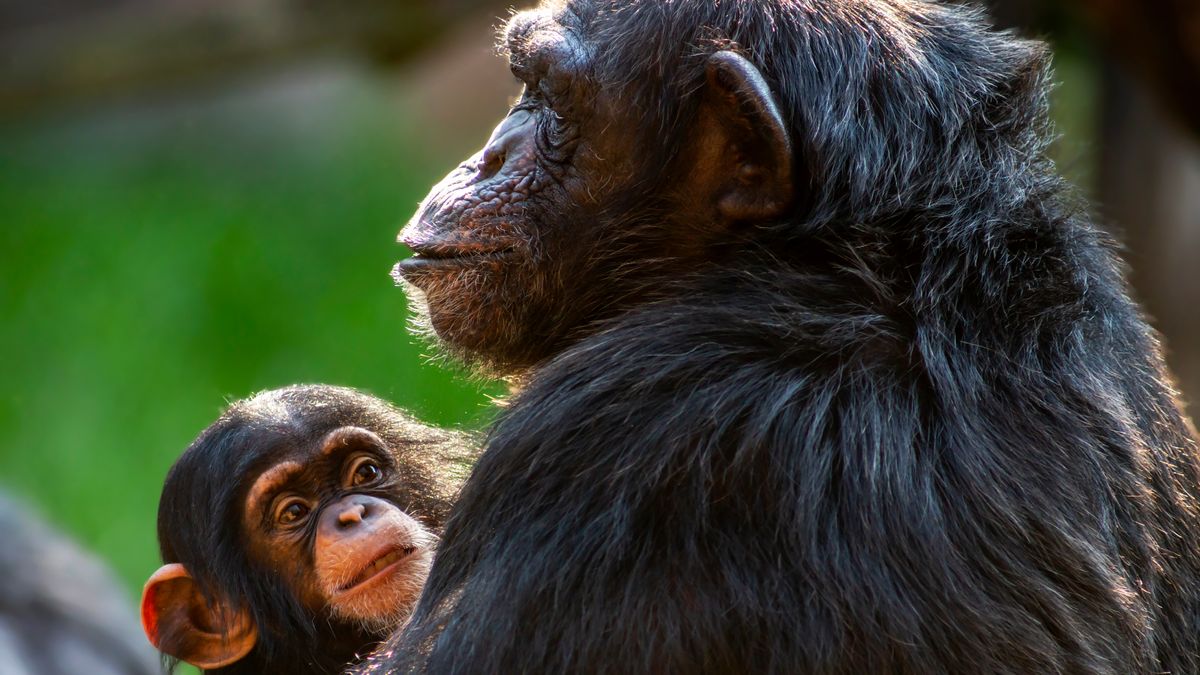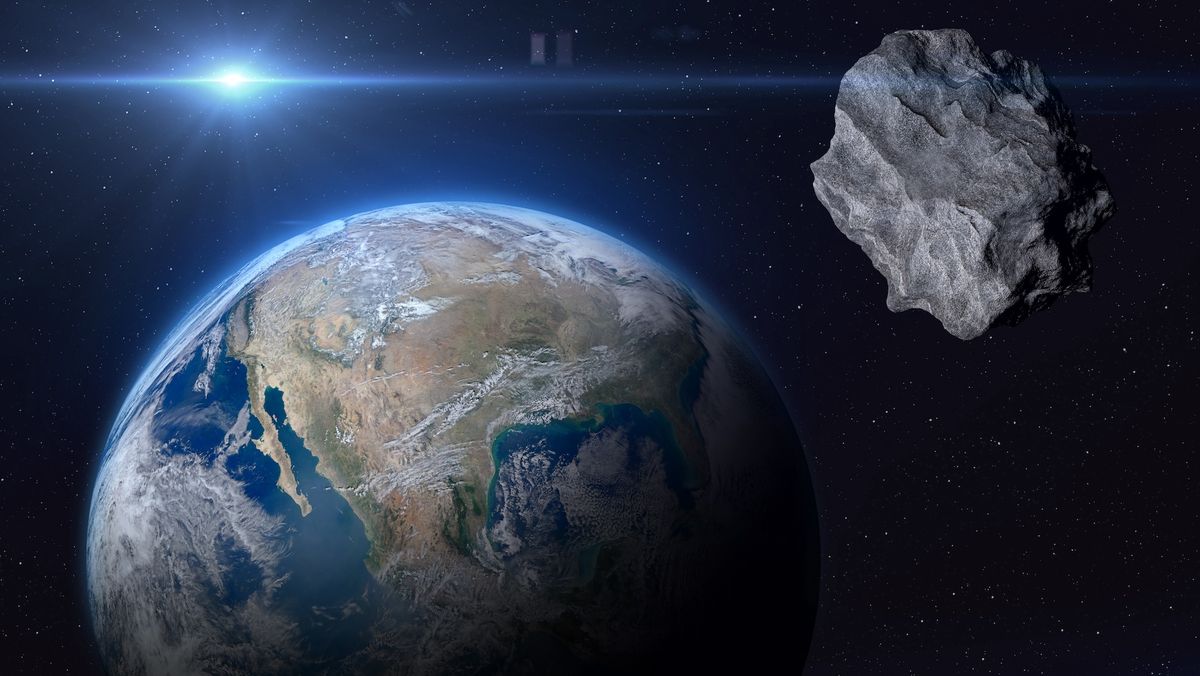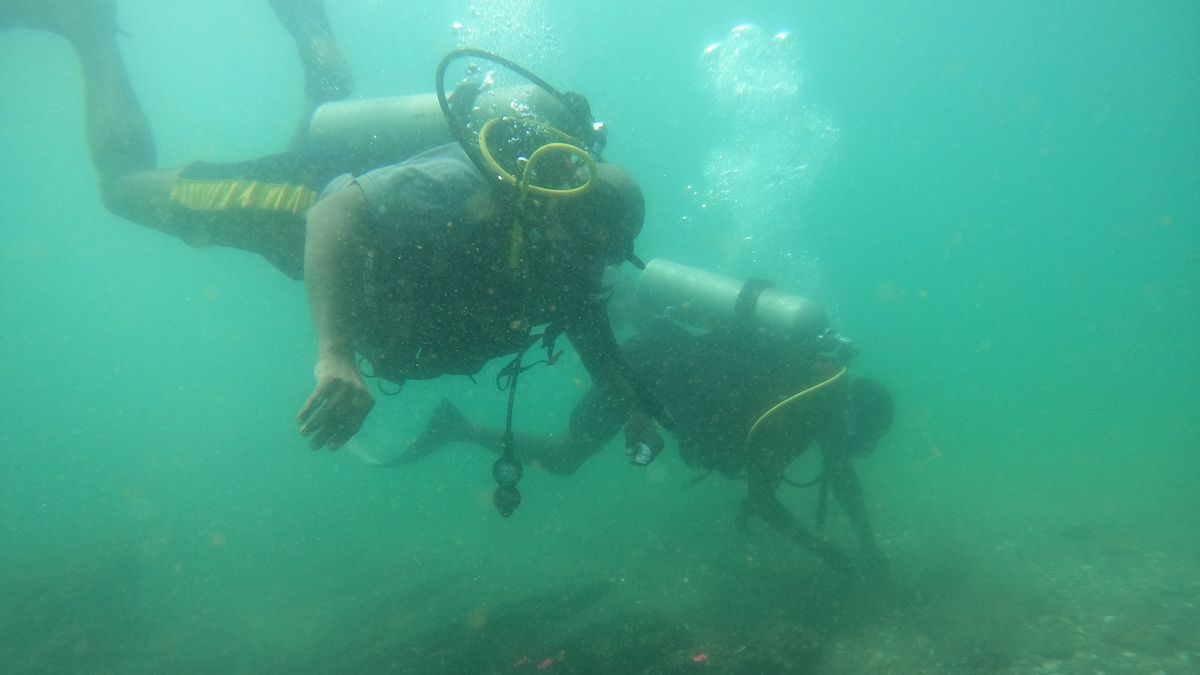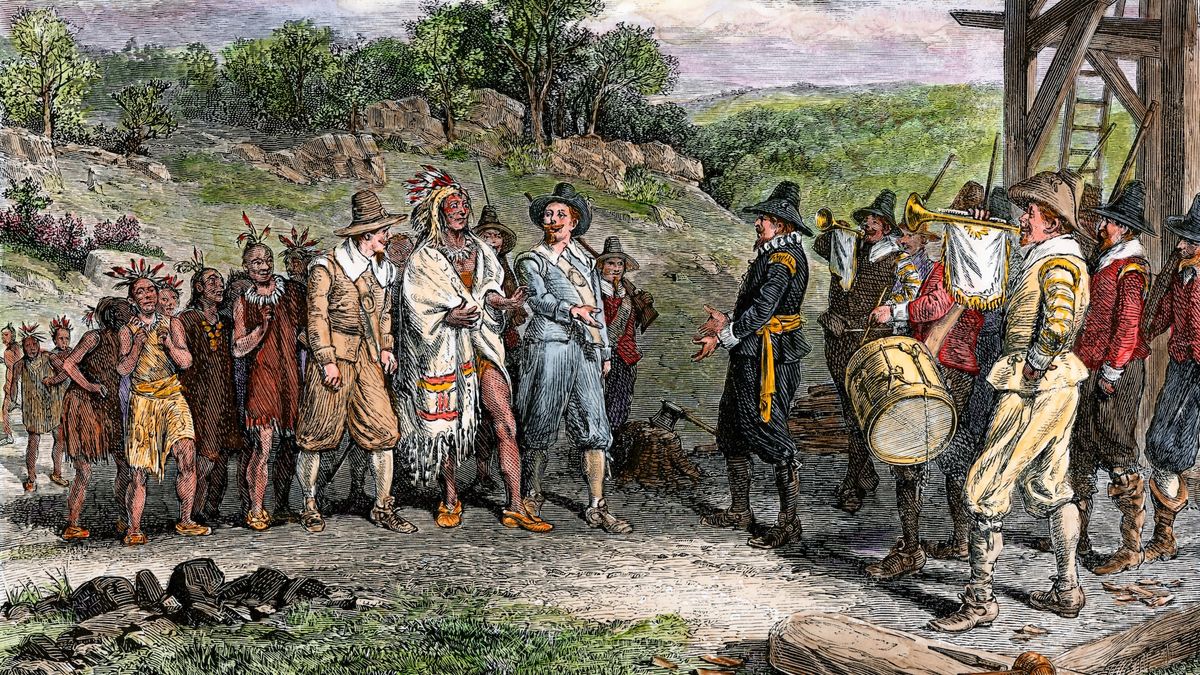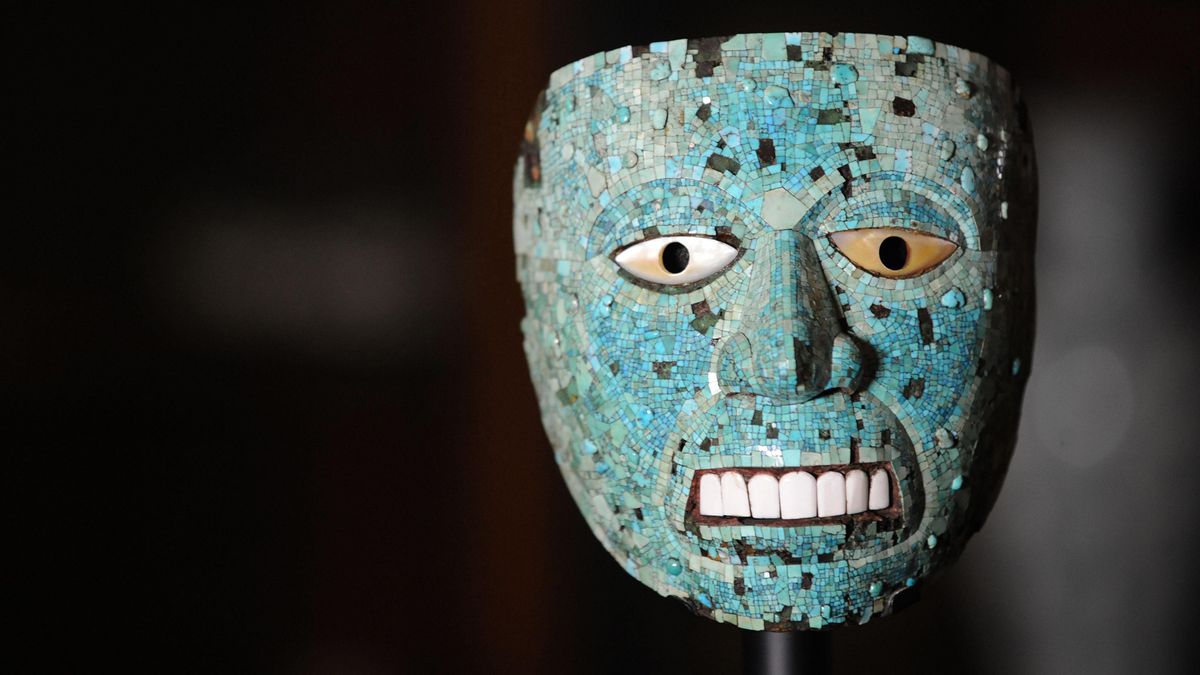Difficult births are not unique to humans, a new analysis of chimpanzee pelvic bones has revealed.
The findings suggest that complicated births may not have arisen in humans as a trade-off between our need for big brains and pelvises suitable for upright walking — a notion termed “the obstetrical dilemma.”
Instead, it’s likely “the obstetrical dilemma started much earlier than the old hypothesis predicted and was present in the last common ancestor shared by chimps and humans,” Caroline VanSickle, a biological anthropologist at Des Moines University, who was not involved in the study, told Live Science in an email.
What’s more, “our ancestors the australopithecines likely were already susceptible to the birth complications that we encounter today,” study lead author Nicole Webb, a paleoanthropologist at the University of Zurich, told Live Science in an email, “and they may have even required some sort of birth assistance like us.”
Related: Which animal can have the most babies at one time?
Those birthing challenges include problems such as shoulder dystocia, where the baby’s shoulder gets stuck, and obstructed labor, which today can be solved by procedures such as cesarean section.
In a study published Oct. 23 in the journal Nature Ecology & Evolution, Webb and her team digitally scanned pelvic bones from 29 chimpanzees and generated 3D models. The team looked for subtle differences between male and female pelvises.
By analyzing the shapes of the chimp pelvic bones, Webb and colleagues found that females had larger, rounder pelvic canals and that the tops of females’ hip bones were oriented differently than males’.
The fact that the team found differences in childbirth-related regions of the pelvis suggests there is significant evolutionary pressure to keep that region suitable for carrying and delivering babies, Webb said.
In their 3D simulations of chimpanzee birth, the researchers also found a “tight cephalopelvic fit” — meaning the space between the fetal skull and the maternal pelvis is very small in chimpanzees, just as it is in humans.
This human-like pelvic characteristic is surprising, the researchers noted in their study, particularly because, in humans, the tight fit of our infants is usually explained by a trade-off between needing to walk upright — which requires a shorter and wider pelvis with a birth canal that is narrow front-to-back — and giving birth to big-brained babies.
Humans can give birth to infants with large heads thanks in part to a complicated rotational birth, where the fetus twists and turns in the birth canal, usually emerging face down.
But great apes don’t have giant brains, nor do they move around on two feet, so the human-like pelvic traits seen in the chimpanzees led the researchers to wonder why there is a tight fit in chimps. It also raised questions about the origins of the obstetrical dilemma. “It is not primarily an adaptation to giving birth to large-brained infants because we show in this study that these changes happen prior to significant brain expansion,” Webb said.
To explain these differences, there were probably gradual obstetrical compromises over millions of years of primate evolution, Webb and colleagues suggest in the study.
Long before humans began to give birth to large-brained infants, and even before our ancestors began to walk on two feet, evolutionary trade-offs arose between the need for a large birth canal and the need for primates with upright torsos to move and climb.
In the researchers’ new theory, human infants are born helpless, with brains that continue to grow after birth; otherwise, they would not make it out of the birth canal. “Chimps may be subtly trending towards this pattern too,” Webb said.
“If true, anthropologists may have found an explanation for why some of our bipedal ancestors seemed to have a challenging time giving birth despite having small brains — they may have faced the same birthing challenges as that common ancestor shared with chimpanzees!” VanSickle said.
A fuller reconstruction of chimpanzee birth is needed to better understand the evolution of both humans and our ape relatives, but direct observation of great-ape birth is rare.
“Ideally, future work will figure out how to model the non-skeletal components of chimpanzee birth, which may someday lead us to modeling birth in human ancestors,” VanSickle suggested.





